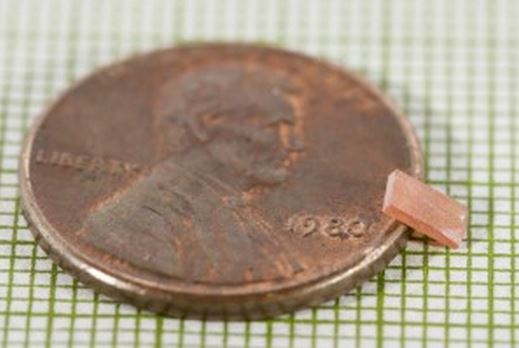
Frustrated magnets are a class of materials that similarly develop novel characteristics given their “discontentment,” in particular these magnets should be magnetic at low temperature but are not. In an experiment conducted by researchers at Princeton University, the authors made a novel discovery about these materials, which according to researchers “may help clarify the mechanism of high-temperature superconductivity, the frictionless transmission of electricity.
In planning experiments, the authors hoped to determine if frustrated magnets exhibit the Hall Effect, which occurs when electric currents carried by charged particles in a conductor accumulate on one side when subjected to a magnetic field. Given that frustrated magnets are non-magnetic at low temperatures, understanding if these materials can indeed produce the Hall Effect is of significant importance for future advances in computing and the creation of devices such as quantum computers.
According to one of the authors N. Phuan Ong, Eugene Higgins Professor of Physics at Princeton, “To talk about the Hall Effect for neutral particles is an oxymoron, a crazy idea.” Still, Ong and his colleague, Princeton’s Russell Wellman Moore, Professor of Chemistry, as well as their graduate students Max Hirschberger and Jason Krizan were able to observe the Hall effect in a non-magnetic material.
In order to do so, the research team studied a class of magnets known as pyrochlores, which should have orderly “spins” at very low temperatures, but have been found to have spins that point in random directions, thus rendering them with magnetic frustration properties. To grow the pyrochlore crystals, Krizan used material from terbium oxide and titanium oxide to form a powder that could be used to feed crystal growth. This powder was suspended in a chamber filled with pure oxygen and subjected to high temperatures.
To determine if the frustrated crystals shows the Hall Effect, Hirshberged then attached gold electrodes to the end of each slab and used microheaters to transfer a hear current analogous to an electric current through the materials, while applying a magnetic field perpendicular to the current. It was at this time that the Hall effect was observed in the non-magnetic, pyrochlore crystals.
As Ong said in a statement, “All of us were very surprised because we work and play in the classical, non-quantum world. Quantum behavior can seem very strange, and this is one example where something that shouldn’t happen is in reality there. It really exists.”
(Photo courtesy of Jason Krizan)
Comments